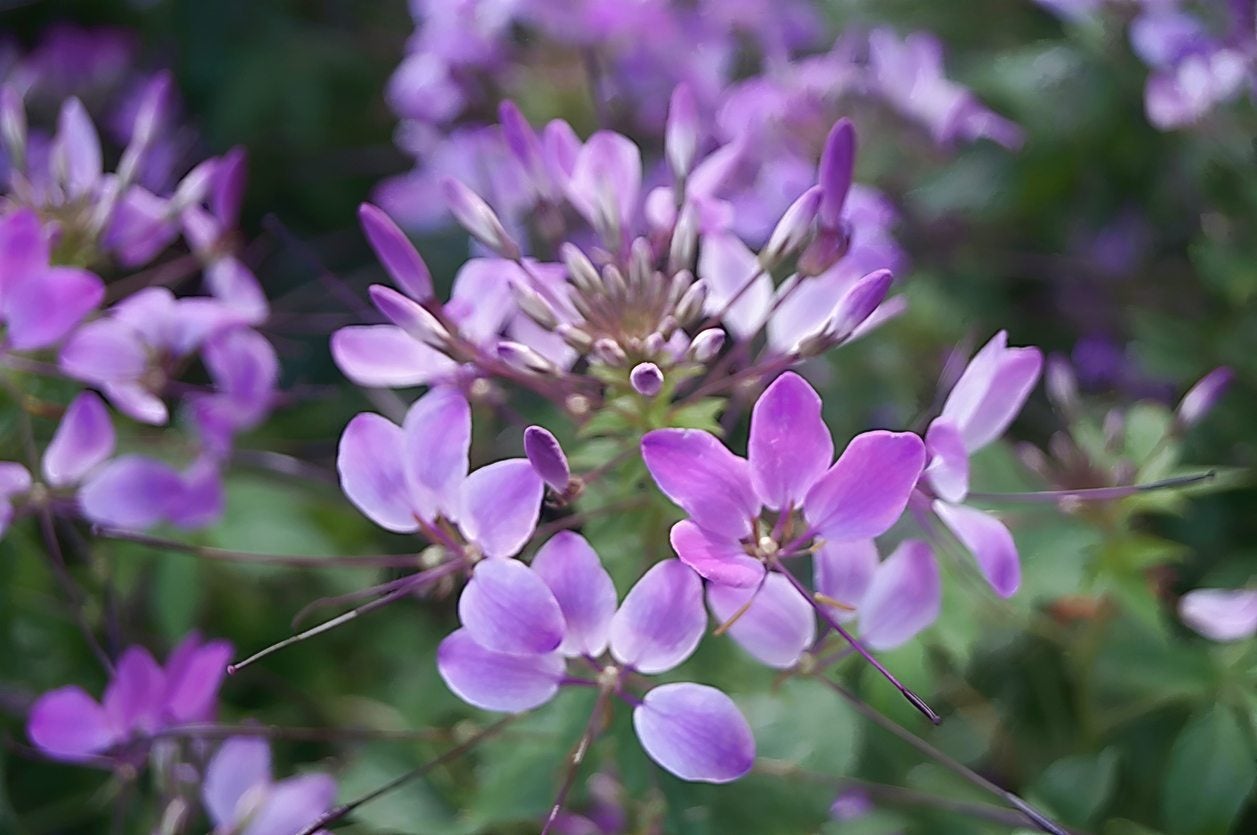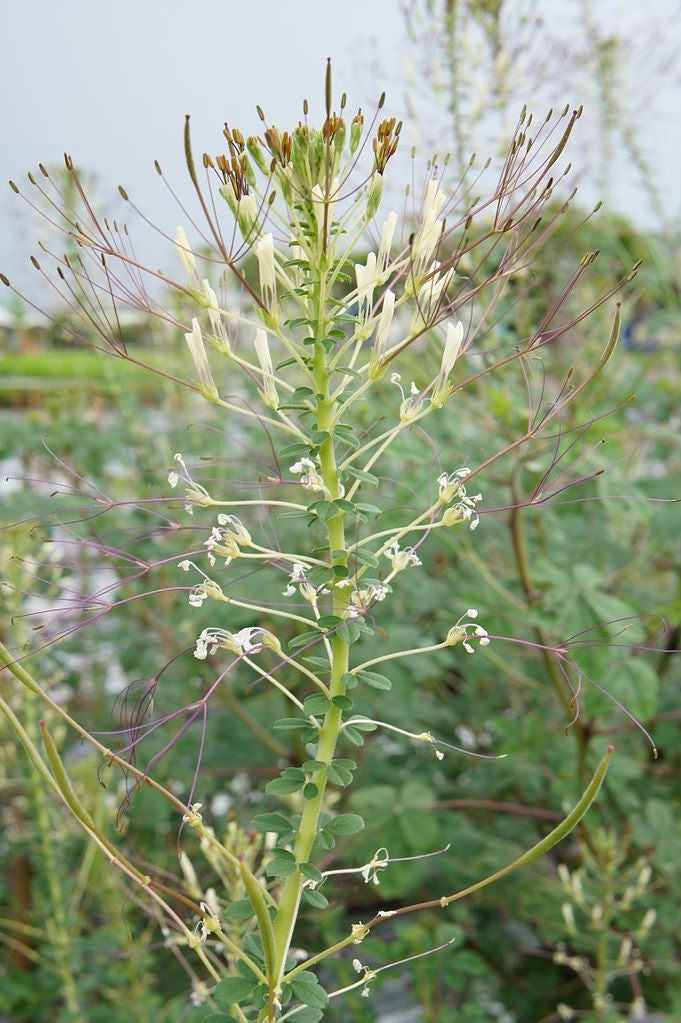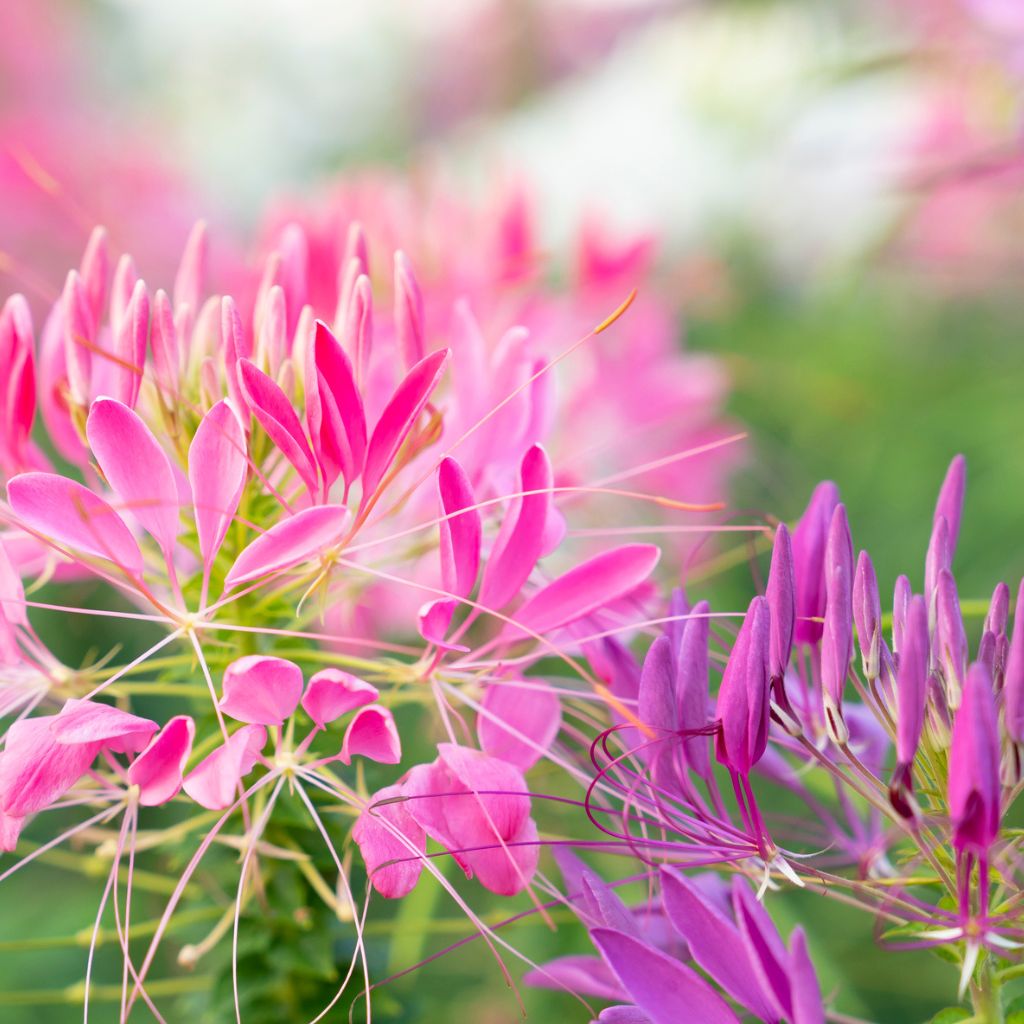What Is A Rocky Mountain Bee Plant – Learn About Rocky Mountain Cleome Care


While this native plant is considered weedy, many people see it more as a wildflower and some choose to cultivate it for its pretty flowers and to attract pollinators. With some Rocky Mountain bee plant info, you can determine if this annual will grow well in your garden and improve the health of your local bees.
What is a Rocky Mountain Bee Plant?
Rocky Mountain bee plant (Cleome serrulata) is native to the north and central states and the Rocky Mountain region of the U.S. It is considered a weedy annual, but it is also a useful plant that some people are interested in cultivating. Probably the most important reason to grow it today is to attract bees or provide a source of nectar for beekeepers. In the past, though, Native Americans cultivated this plant for the edible seeds and young leaves, as a medicine, and as a dye plant. The erect and branched Rocky Mountain bee plant grows to a height of about 3 feet (1 m.). It produces clusters of pinkish purple to white flowers all the way from late spring through early fall depending on the location. They have striking, long stamens that protrude well beyond the petals. The flowers make it one of the showier wildflowers in its native region.
How to Grow Rocky Mountain Bee Plants
Growing Rocky Mountain bee plants is easiest if your garden is in its native range, but it is possible to cultivate it outside this area. It prefers light and sandy soil that drains well, but the pH of the soil is not important. If you have heavy soil, lighten it up first with sand or loam. It grows in full sun or light shade. Rocky Mountain cleome care is not difficult if you have the right conditions for it. Make sure you water it regularly after getting the plant in the ground and let it develop a good root system. Once it has, you shouldn’t need to water it unless you have a dry period. You can propagate these cleome plants by seed or remove the dead flowers to keep it from self-sowing.
Gardening tips, videos, info and more delivered right to your inbox!
Sign up for the Gardening Know How newsletter today and receive a free copy of our e-book "How to Grow Delicious Tomatoes".

Mary Ellen Ellis has been gardening for over 20 years. With degrees in Chemistry and Biology, Mary Ellen's specialties are flowers, native plants, and herbs.
-
 Looking For Plants To Give You The Soft And Fuzzies? Try These 5 Fuzzy Leaf Plant Options
Looking For Plants To Give You The Soft And Fuzzies? Try These 5 Fuzzy Leaf Plant OptionsLovers of texture, drama, silver foliage and tactile plants will adore these special sensory garden additions. These fuzzy leaf plant options will leave you all aglow
By Susan Albert
-
 Get Ready For A Summer Of Hummers! Grow These Full Sun Hummingbird Plants and Flowers
Get Ready For A Summer Of Hummers! Grow These Full Sun Hummingbird Plants and FlowersIf you’re lucky enough to enjoy a sunny backyard, make sure you are maxing out on your pollinator opportunities and grow these full sun hummingbird plants and flowers
By Tonya Barnett
-
 What Is Chinsaga – Chinsaga Vegetable Uses And Growing Tips
What Is Chinsaga – Chinsaga Vegetable Uses And Growing TipsMany people may never have heard of chinsaga or African cabbage before, but it is a staple crop in Kenya and a famine food for many other cultures. Click this article for more information on growing chinsaga vegetables.
By Amy Grant
-
 Cleome Spider Flower - How To Grow Cleome
Cleome Spider Flower - How To Grow CleomeGrowing cleomes is a simple and rewarding garden adventure. Planting cleomes is often necessary only once, as this attractive annual flower re-seeds each year. Learn how to grow these plants in this article.
By Becca Badgett